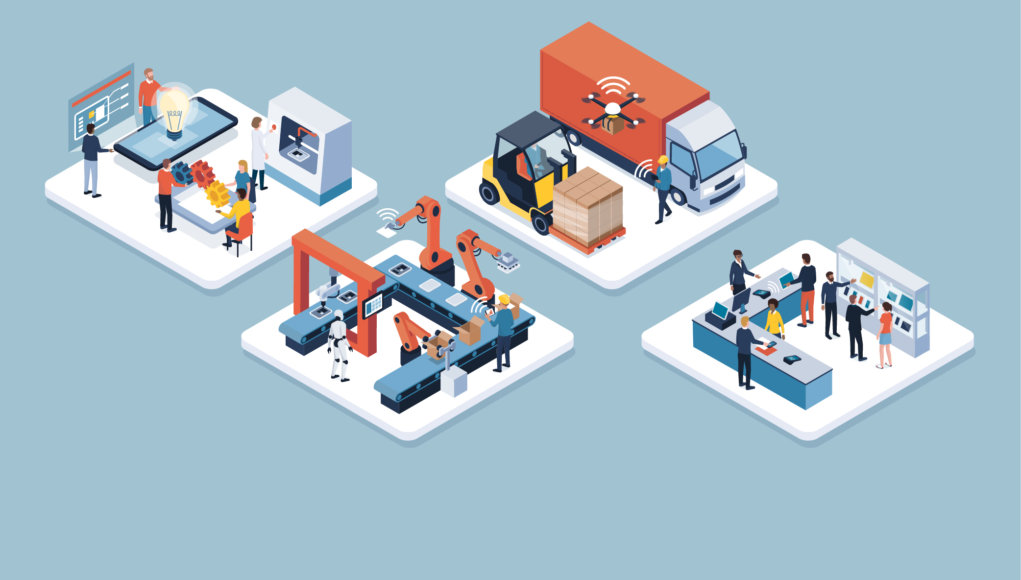Video distribution has been growing at an unimaginable rate for quite a while now. Only a decade ago, Netflix started its streaming services. And that completely changed the way people consumed video content.
Nowadays, VOD delivery has reached new levels of advancements. And that has brought a revolutionary change in the expectations of consumers. Video consumers demand high-quality content in massive amounts, no matter where they are, what time it is or which type of screen they are using.
As there are plenty of OTT service providers, it is not difficult for consumers to replace an unsatisfactory service with a better one.
In such a competitive environment, video content providers and streaming services focus on the technologies to dominate the market.
Beyond 2019, the landscape of video distribution is supposed to excel in these innovative technologies:
- Video compression driven by AI
AI or artificial intelligence has already started getting into the business of video compression. And, this disruption is expected to increase in the upcoming years.
Why so?
There are different applications in the video distribution world, in which, AI is being deployed already. This includes automation in the creation of trailers and clips as well as scene detection. So, the flow of natural progression shows that video compression will be the next important application area of using AI.
How AI can benefit video compression?
There is a great scope of utilizing AI at the core of video compression. This technology can improve image-based decisions, which will enhance the quality of videos and reduce the processing footprint.
Also, AI holds the ability to dynamically select the best-suited encoded format to improve the QoE. This involves the automated selection of frame rate and/or resolution. Netflix uses AI for encoding in a per tile format. This is a unique content-based encoding approach, which can help other service providers in the market as well. However, applying the live encoding technique can be challenging. This is due to the requirement of encoding applications on your already deployed infrastructure that shouldn’t go offline.
The year 2019 set the foundation for better use of AI-focused compression algorithms in the market. And this innovation will keep on improving to address various applications along with live encoding.
- Better scalability of live streaming
In the last couple of years, many streaming services have tried launching live OTT for events and sports. The industry has seen stable growth in live streaming investment and execution. So, it is logical to expect better scalability of live streaming, especially due to the combination of improved QoE and better delivery system optimizations.
- More emerging players
With the arrival of new technologies, broadcasting services, and OTT management facilities, it is easier to launch a video streaming service. So, you can expect an increase in the availability of services. The streaming industry allows an easy introduction of new channels of VOD without having to invest a large amount of cash.
Stay tuned to the industry happenings to observe the mentioned improvements!




